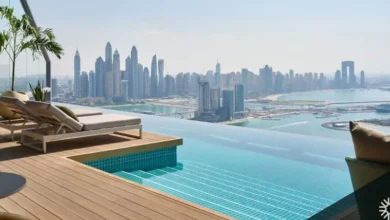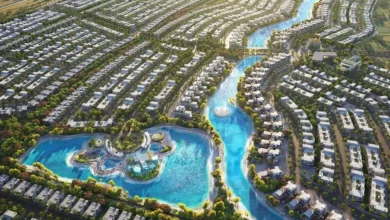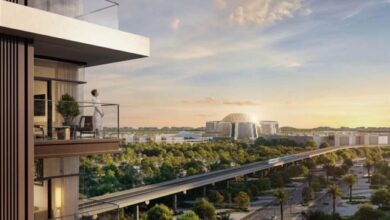
- The emergence of green technologies in the real estate sector has opened up new avenues for sustainable development. By embracing energy efficiency, renewable energy sources, sustainable materials, smart building technologies, and innovative urban planning strategies, the industry is taking significant steps toward mitigating its environmental impact. As these technologies continue to evolve and gain mainstream adoption, they hold the potential to pave the way for a greener and more sustainable future in real estate and beyond.
In a world increasingly concerned about the environment and the impacts of climate change, the real estate industry has taken significant strides in embracing sustainable development practices. As cities grow and urbanization intensifies, there is a pressing need to find innovative solutions to minimize the ecological footprint of buildings and communities. This has given rise to a wave of emerging green technologies that are revolutionizing the way we design, construct, and manage real estate developments.
The Urgency for Sustainable Development
Before delving into the realm of emerging green technologies, it is crucial to understand the urgency for sustainable development in the real estate sector. Rapid urbanization has led to increased energy consumption, resource depletion, and greenhouse gas emissions. Buildings alone account for a significant portion of global energy use and carbon dioxide emissions. However, with the advent of green technologies, the real estate industry has the potential to mitigate its environmental impact and contribute to a more sustainable future.
Energy Efficiency: The Cornerstone of Sustainable Buildings
Energy efficiency lies at the core of sustainable building practices. The integration of smart building management systems, efficient insulation materials, and advanced lighting solutions has proven to significantly reduce energy consumption in real estate developments. Technologies such as LED lighting, automated shading systems, and occupancy sensors are becoming standard features in green buildings. Additionally, the concept of net-zero energy buildings, which generate as much energy as they consume, is gaining traction, aided by advancements in solar power and energy storage.
Harnessing Renewable Energy Sources
Renewable energy sources, such as solar and wind power, have become crucial components of sustainable real estate developments. Solar panels are increasingly being integrated into building designs, providing clean and renewable energy while reducing reliance on the grid. Moreover, wind turbines are being incorporated into high-rise structures to harness wind power in urban environments. These renewable energy sources not only reduce the environmental impact but also offer long-term cost savings to building owners.
Sustainable Materials and Construction Techniques
The real estate industry is exploring sustainable materials and construction techniques to reduce the environmental footprint of building projects. Eco-friendly building materials, such as recycled steel, bamboo, and reclaimed wood, are gaining popularity due to their low carbon footprint and renewable nature. Moreover, innovative construction methods like modular construction and 3D printing are streamlining the construction process, minimizing waste, and increasing efficiency.
Smart Building Technologies
The rise of the Internet of Things (IoT) has paved the way for smart building technologies that optimize energy consumption, enhance occupant comfort, and improve operational efficiency. From intelligent thermostats and automated HVAC systems to real-time energy monitoring and predictive maintenance, these technologies offer a holistic approach to sustainable building management. Data-driven insights enable building owners to identify energy-saving opportunities, optimize resource allocation, and enhance occupant well-being.
Sustainable Water Management
Water scarcity and the need for efficient water management have become significant concerns globally. Real estate developers are increasingly implementing technologies such as rainwater harvesting systems, greywater recycling, and smart irrigation systems to reduce water consumption and reliance on freshwater sources. These innovative water management practices not only contribute to sustainable development but also help mitigate the impact of droughts and water shortages in urban areas.
Green Infrastructure and Urban Planning
Sustainable development goes beyond individual buildings; it encompasses the broader urban environment. Green infrastructure and urban planning strategies are essential in creating environmentally friendly and livable cities. Incorporating features like green roofs, vertical gardens, permeable pavements, and urban parks helps reduce the heat island effect, improve air quality, and provide natural habitats for biodiversity. Urban planning also emphasizes mixed-use developments, walkability, and access to public transportation to reduce the carbon footprint associated with commuting.
The Future of Green Technologies in Real Estate
As technology continues to advance, the future of green technologies in real estate holds even greater promise. Emerging trends such as building-integrated photovoltaics, energy-efficient building envelopes, advanced energy storage systems, and decentralized energy grids are reshaping the industry. Artificial intelligence and machine learning algorithms are being leveraged to optimize energy consumption and automate building operations. Moreover, the integration of blockchain technology enables transparent and secure transactions, facilitating the adoption of renewable energy sources on a larger scale.





